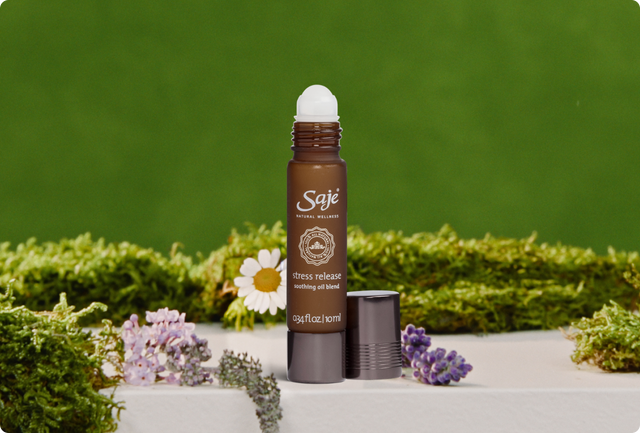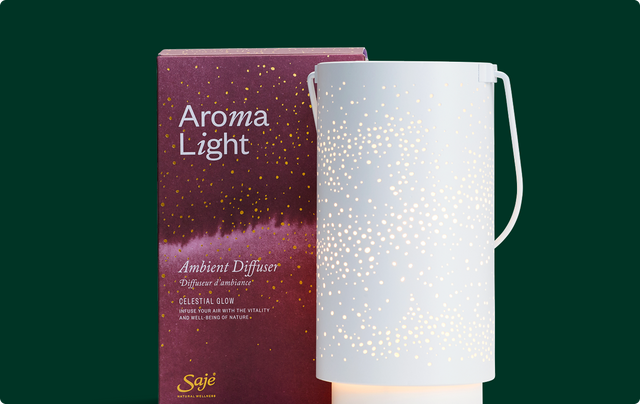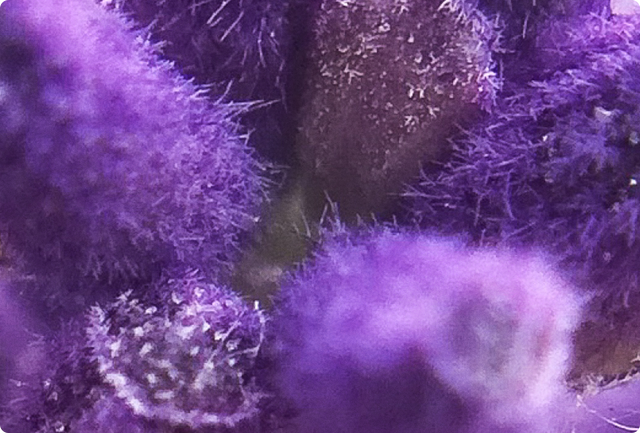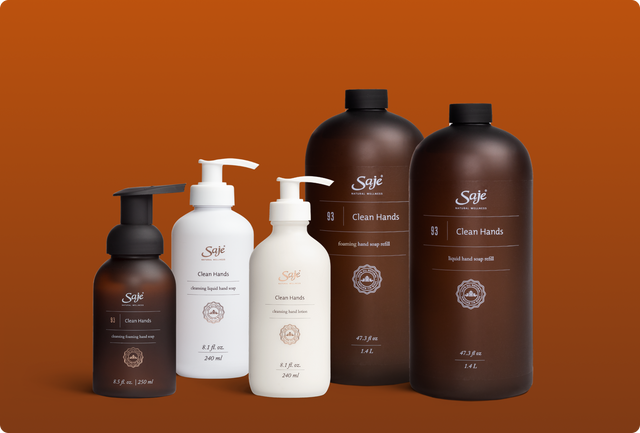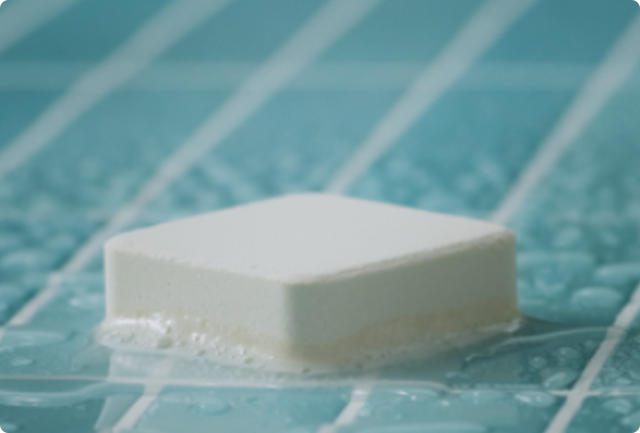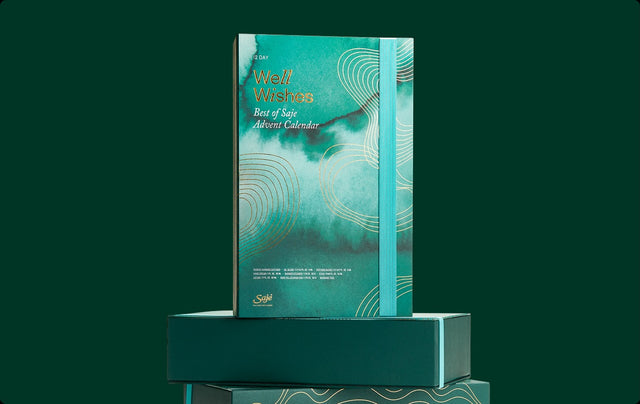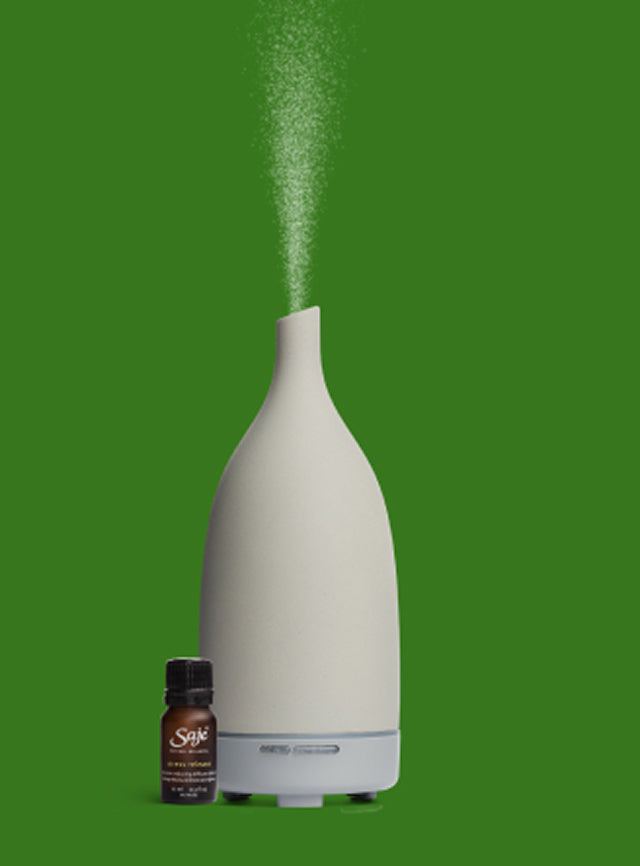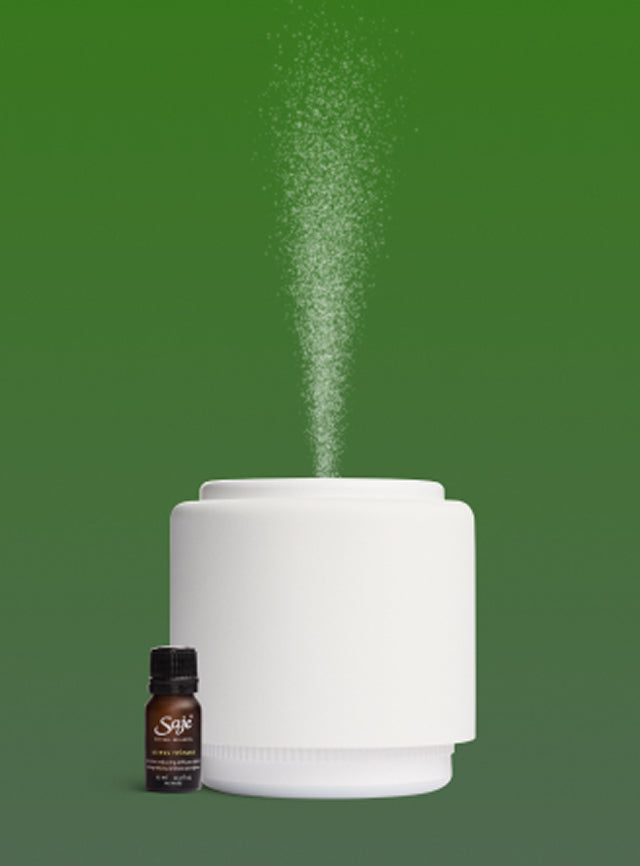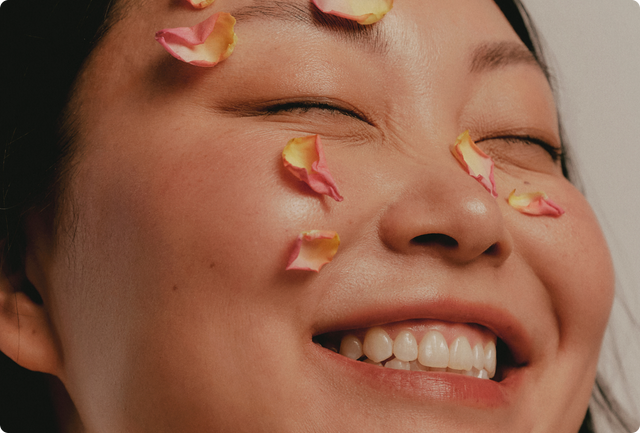Since the recording of history, plants have been used for pain management across the globe. And with recent studies indicating chronic pain to be a problem for 20% of the world’s population, and an additional 10% being newly diagnosed each year1, plant-powered medicine isn’t just for holistic healers anymore. Actually, it’s consistently and continuously being proven by science.
In a generation that’s wholeheartedly committed to wellness through recovery, revitalization, and preservation (of both ourselves and our planet), it’s no surprise wellness experts are wide-eyed over the powerful healing properties of botanicals and essential oils.
A BRIEF HISTORY ON BOTANICALS
The use of plant botanicals and essential oils in holistic approaches to health dates back centuries. The oldest known written evidence of plants for medicinal use has been found on a 5000 years old Sumerian clay slab.1 Chinese emperors from 2500 BC wrote books on roots and grasses for pain and medicinal use, and Indian holy books tout pain treatment from botanicals rich among their lands.1 While using plants and their essential oils for effective treatment of pain and recovery may be thought of as old news, the experimentation and discovery around their effectiveness is only just scratching the surface. Certain countries are leading the charge in adopting the benefits of botanicals for pain and recovery, like The Republic of Macedonia, which enacted a Law on Drugs and Medical Devices (dated 2007) that allows medical experts to use both dried and fresh medicinal plants and their essential oils for the manufacturing of homeopathic drugs.
Mother nature’s contribution to soothing aches, pains, and aiding recovery isn’t a small one. Many plants are still being explored and discovered for their healing properties, but the primary ones proven for treating pain and recovery are peppermint, marjoram, lavender, rosemary, and arnica; we’ll dig into their therapeutic benefits below.

PEPPERMINT
Peppermint essential oil—and specifically, its active ingredient, menthol—has long been used topically for different types of pain as well as treating headaches and migraines.3 Dating back centuries, it’s also been studied and used extensively as a treatment for digestion relief and soothing when its leaves are ingested via teas and tinctures.3 When diffused, peppermint oil can enhance relaxation and soothe the senses. Menthol is truly a pain pioneer, and works in a few ways for chronic and acute pain. Firstly, it acts as a vasodilator—this fancy term simply means the menthol causes blood vessels to widen, increasing blood flow and sending additional nutrients to the treated area, which can help with cellular repair.4 Combined with a carrier oil, diluted forms of peppermint essential oil can also be applied to skin irritations, causing a cooling analgesic effect.5 Don’t let this minty fresh herb fool you—menthol is mighty.
MARJORAM
Marjoram is another essential oil being studied for effectively soothing different types of pain.5 In a study conducted on outpatients with primary dysmenorrhea (severe cramping before or during a menstrual cycle), marjoram essential oil massages had an analgesic effect, decreasing the duration and helping to provide relief of menstrual pain.5 Because Marjoram contains menthol, it has similar benefits for pain relief as Peppermint; one study showed improvements on neck pain when the essential oil was applied to affected areas.6 When it comes to acute and chronic pain management, there’s more to Marjoram than meets the eye.

ROSEMARY
This aromatic herb isn’t just for your recipes. In one study, the topical application of rosemary and menthol essential oils alleviated the severity and frequency of pain in the musculoskeletal system in hemodialysis patients.7 It’s also being further studied for wound healing in combination with other essential oils.8 With research still being done on Rosemary, it’s a promising possibility that this aromatic herb could be a super healer.

LAVENDER
When we hear the word lavender, thoughts of calm and serenity overcome us. But this purple plant packs some serious punch. Some studies have shown that acupoint stimulation followed by an acupressure massage with lavender oil supported the relief of chronic lower back pain better than conventional methods.9 Certain experiments have shown lavender aromatherapy (in combination with other standard pain management methods) to help reduce labor pain in women during childbirth, and also help reduce pain, promote soothing, and improve sleep in recovery from certain medical procedures.10
ARNICA
You may not have heard of one of the more potent plants, Arnica. This bold botanical is lesser known, yet studies show it may be packed with powerful healing properties, like the ability to help with the recovery of bruising and swelling after cosmetic surgeries.11 It’s also been used topically in studies to treat osteoarthritis of the knee—in one study, patients reported regular application helped manage their pain effectively.12
MORE HEALING PLANTS
You’ve probably heard of Eucalyptus—a.k.a. the ultimate soother. Used in chest rubs, diffuser essential oil blends, and massage therapy, its naturally fresh and calming scent is a favourite soothing agent among many. In one study, patients who underwent knee surgery regularly inhaled eucalyptus oil for a controlled time period, and reported their pain reduced.13 When it comes to aromatherapy, it’s an essential oil appropriate for almost any occasion.
Lemongrass is another essential oil being studied for its pain and recovery abilities; in one study, when applied to areas suffering from rheumatoid arthritis, patients noted a 30% decrease in pain levels.14 Some studies suggest its compounds also contain calming properties that can support skin health and healing.15 With these pain-management properties, and diffusing a punchy fruity scent, it’s no wonder lemongrass is used for a variety of treatments, from pain to soothing to cleaning.
Roman chamomile is more than simply a calming cup of tea. The plant is well-known as an anti-inflammatory, and when ingested via tea, for its soothing properties for upset stomach and digestion.16 Roman chamomile essential oil is also thought to have anti-inflammatory properties, and has been used topically for recovery to treat inflammation of the skin, but scientists are still looking into just how effective it can be.16
Vetiver is a plant that’s still being studied for its antioxidant properties. So far, it is an essential oil that has shown to have some promising therapeutic qualities for skin health care.17 Vetiver has anti-inflammatory properties, with a soothing and cooling effect that helps ease skin irritation.18 Studies are also finding the topical application of Vetiver essential oil to be an effective pain reliever of arthritis and muscle aches and pains.18 This is due to its analgesic properties, as it has been shown to interfere with the body’s normal pain pathways.18
Plant-based medicine has been proven to help the body recover, naturally. These pure ingredients harness all of the power of Mother Nature’s benefits, with no artificial fragrances, parabens, silicone, or SLS. Whether you’re soothing sore muscles, easing aches and pains, or seeking relief from head pain, there’s a plant-based remedy to support your recovery—the 100% natural way.
REFERENCE LIST
- Goldberg, Daniel S., McGee, Summer J. Pain as a global public health priority (BMC Public Health 2011). Retrieved from https://bmcpublichealth.biomedcentral.com/articles/10.1186/1471-2458-11-770
- Petrovska, Biljana Bauer. Historical review of medicinal plants’ usage (Pharmacogn Rev. 2012). Retrieved from https://www.ncbi.nlm.nih.gov/pmc/articles/PMC3358962/
- Longe, J. L. New World Encyclopedia (The Gale Encyclopedia of Alternative Medicine 2005). Retrieved from https://www.newworldencyclopedia.org/entry/Peppermint
- Balakrishnan, Aishwarya. Therapeutic Uses of Peppermint – A Review (2015). Retrieved from https://www.jpsr.pharmainfo.in/Documents/Volumes/vol7Issue07/jpsr07071524.pdf
- Ou MC, Hsu TF, Lai AC, Lin YT, Lin CC. Pain relief assessment by aromatic essential oil massage on outpatients with primary dysmenorrhea: a randomized, double-blind clinical trial (The Journal of Obstetrics and Gynaecology Research 2012). Retrieved from https://www.ncbi.nlm.nih.gov/pubmed/22435409
- Ou, MC, Lee, YF, Li, CC, Wu, SK. The effectiveness of essential oils for patients with neck pain: a randomized controlled study (Journal of alternative to complementary medicine 2014). Retrieved from https://www.ncbi.nlm.nih.gov/pubmed/25192562
- Keshavarzian, Sekine and Shahgholian, Nahid. Comparison of the Effect of Topical Application of Rosemary and Menthol for Musculoskeletal Pain in Hemodialysis Patients (Iranian journal of midwifery and research 2017). Retrieved from https://www.ncbi.nlm.nih.gov/pmc/articles/PMC5684790/
- Saporito, Francesca, Sandri, Giuseppina, Bonferoni, Maria Cristina, Rossi,Silvia, Boselli,Cinzia, Cornaglia, Antonia Icaro, Mannucci, Barbara, Grisoli,Pietro, Vigani,Barbara, Ferrari, Franca. Essential oil-loaded lipid nanoparticles for wound healing (International Journal of Nanomedicine 2018). Retrieved from https://www.ncbi.nlm.nih.gov/pmc/articles/PMC5747963/
- Yip, YB, Tse, SH. The effectiveness of relaxation acupoint stimulation and acupressure with aromatic lavender essential oil for non-specific low back pain in Hong Kong: a randomised controlled trial (Complementary therapies in medicine 2004). Retrieved from https://www.ncbi.nlm.nih.gov/pubmed/15130569
- Lakhan, Shaheen E., Sheafer, Heather, Tepper, Deborah. The Effectiveness of Aromatherapy in Reducing Pain: A Systematic Review and Meta-Analysis (Pain Research and Treatment 2016). Retrieved from https://www.ncbi.nlm.nih.gov/pmc/articles/PMC5192342/
- Seeley, BM, Denton, AB, Ahn, MS, Maas, CS. Effect of homeopathic Arnica montana on bruising in face-lifts: results of a randomized, double-blind, placebo-controlled clinical trial (Archives of facial plastic surgery 2006). Retrieved from https://www.ncbi.nlm.nih.gov/pubmed/16415448
- Knuesel O, Weber M, Suter A. Arnica montana gel in osteoarthritis of the knee: an open, multicenter clinical trial (Advnaces in therapy, 2002). Retrieved from https://www.ncbi.nlm.nih.gov/pubmed/12539881?ordinalpos=1&itool=EntrezSystem2.PEntrez.Pubmed.Pubmed_ResultsPanel.Pubmed_DefaultReportPanel.Pubmed_RVDocSum
- Huizen, Jennifer. Which essential oils can help with rheumatoid arthritis? (Medical News Today 2018) Retrieved from https://www.medicalnewstoday.com/articles/321853.php
- Meenapriya, M, Priya, Dr. Jothi. Effect of Lemongrass Oil on Rheumatoid Arthritis (Physio Research Paper 2017). Retrieved from http://jpsr.pharmainfo.in/Documents/Volumes/vol9Issue02/jpsr09021734.pdf
- Axe, Josh. 16 Lemongrass Essential Oil Uses & Benefits, for Skin, Hair & Even House! (Food is Medicine 2018). Retrieved from https://draxe.com/lemongrass-essential-oil/
- Srivastava,Janmejai K, Shankar, Eswar, Gupta, Sanjay. Chamomile: A herbal medicine of the past with bright future (Molecular Medicine Reports 2011). Retrieved from https://www.ncbi.nlm.nih.gov/pmc/articles/PMC2995283/
- Han, Xuesheng, Parker, Tory L. Biological activity of vetiver (Vetiveria zizanioides) essential oil in human dermal fibroblasts (Cogent medicine journal 2017). Retrieved from https://www.tandfonline.com/doi/full/10.1080/2331205X.2017.1298176
- Balasankar, D., Vanilarasu, K., Selva Preetha, , P., Rajeswari, S., Umadevi, M., Bhowmik, Debjit. Traditional and Medicinal Uses of Vetiver (Journal of Medicinal Plant Studies 2013). Retrieved from http://www.plantsjournal.com/vol1Issue1/Issue_may_2013/6.pdf
